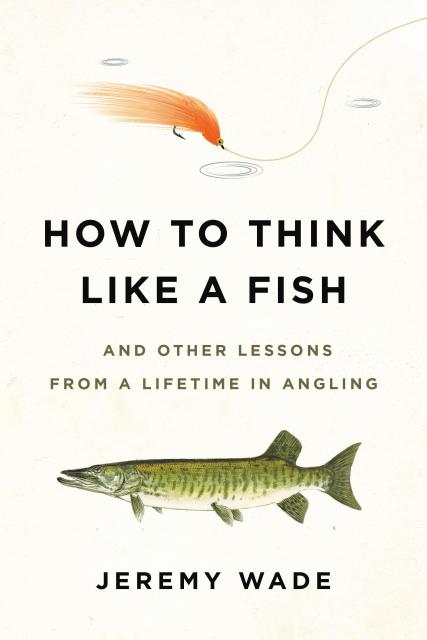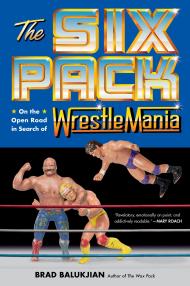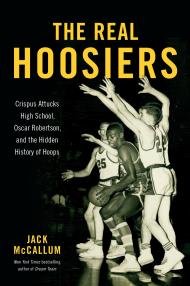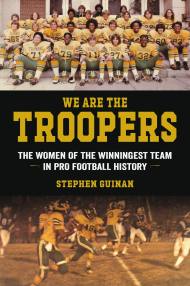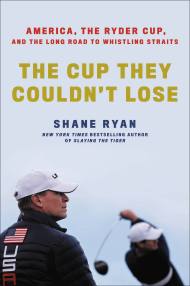Promotion
25% off sitewide. Make sure to order by 11:59am, 12/12 for holiday delivery! Code BEST25 automatically applied at checkout!
By clicking “Accept,” you agree to the use of cookies and similar technologies on your device as set forth in our Cookie Policy and our Privacy Policy. Please note that certain cookies are essential for this website to function properly and do not require user consent to be deployed.
How to Think Like a Fish
And Other Lessons from a Lifetime in Angling
Contributors
By Jeremy Wade
Formats and Prices
- On Sale
- May 18, 2021
- Page Count
- 272 pages
- Publisher
- Grand Central Publishing
- ISBN-13
- 9780306845291
Price
$18.99Price
$25.99 CADFormat
Format:
- Trade Paperback $18.99 $25.99 CAD
- ebook $12.99 $16.99 CAD
- Audiobook Download (Unabridged)
This item is a preorder. Your payment method will be charged immediately, and the product is expected to ship on or around May 18, 2021. This date is subject to change due to shipping delays beyond our control.
Buy from Other Retailers:
–from Chapter 6
Jeremy Wade, the star of Animal Planet’s River Monsters, with nearly forty years of angling exploration behind him, shares a meditation on the art of angling—part science, part art, and part elusive something else. Thoughtful and funny, brimming with wisdom and, above all, adventure, How to Think Like a Fish is filled with reflections that anyone who has ever fished will identify with, for ultimately they touch on the fundamental principles that apply to all angling—and to life:
Less time can be more.
Listen to your gut.
Be inventive.
You may only get one opportunity, so make that opportunity count.
Genre:
Newsletter Signup
By clicking ‘Sign Up,’ I acknowledge that I have read and agree to Hachette Book Group’s Privacy Policy and Terms of Use
